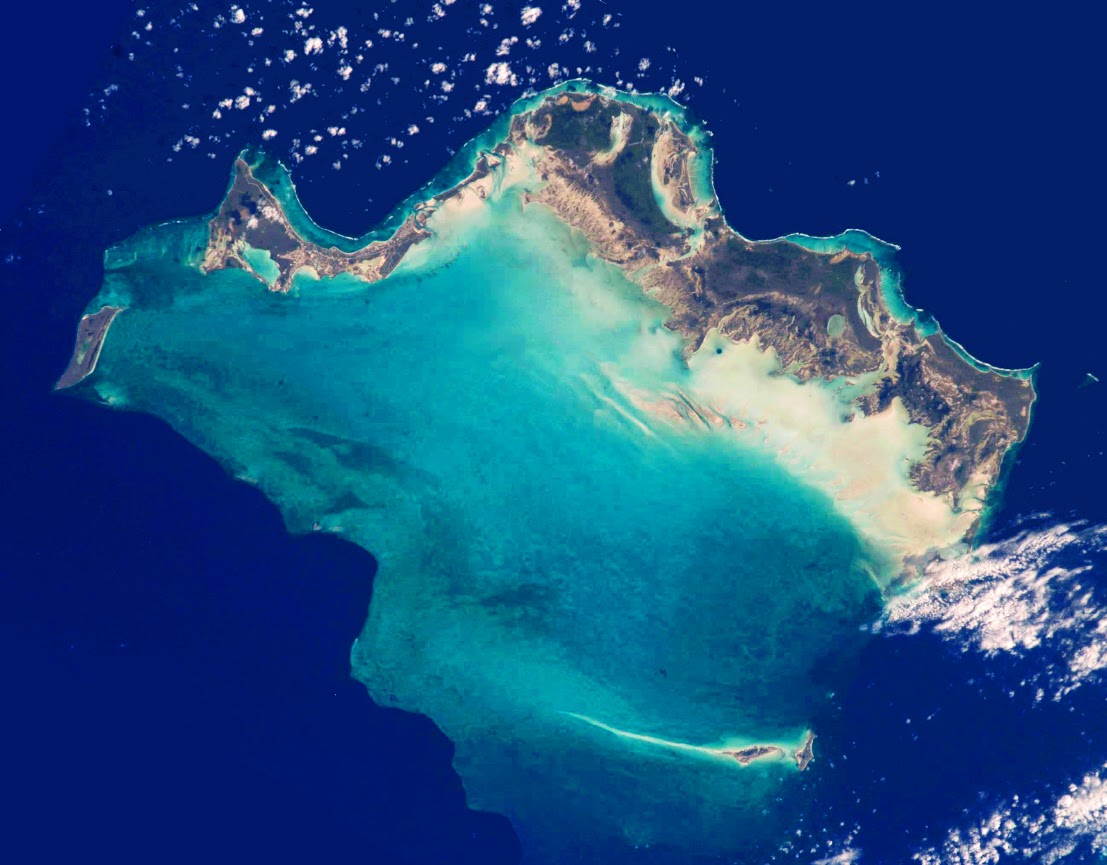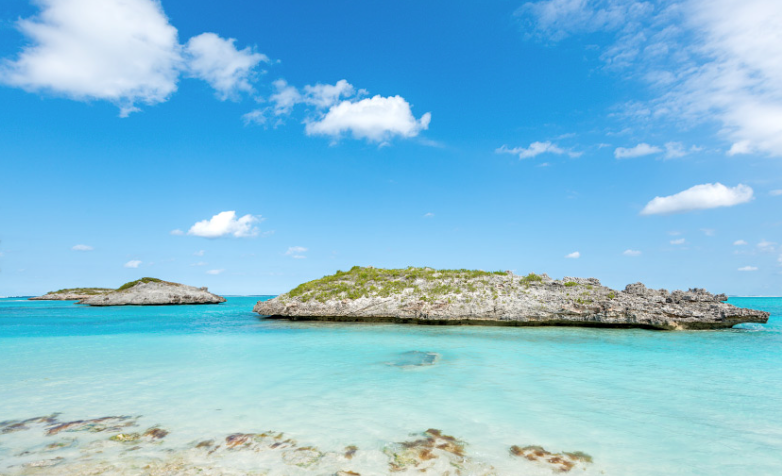Turks and Caicos is home to one of the world’s most extensive barrier reef systems. The barrier reef is 340 miles long and is a big influence on the general well-being of everything that makes Turks and Caicos one of the Caribbean’s shining jewels. As a result, steps are being taken by the local government to adopt cleaner energies to reduce greenhouse gas emissions and increase the Caribbean country’s contribution to climate change.

How Greenhouse Gas Emissions Affect Coral Reefs
Traditionally, Turks and Caicos has relied on fossil fuels such as diesel for electricity generation. Burning fossil fuels releases carbon dioxide into the atmosphere, which in turn contributes to the greenhouse effect and a heating planet.
Higher amounts of atmospheric C02 affect coral in Turks and Caicos in several ways. As Earth’s temperatures heat up, polar ice caps melt and sea levels rise. Corals have evolved to live at a certain depth in the ocean, and a higher sea level may destroy their habitat.
As well, warming atmospheric temperatures can lead to warmer ocean temperatures. These warm temperatures will kill off the algae coral rely on for food as part of a symbiotic relationship. This phenomenon is called coral bleaching.
Finally, since the oceans act as a “carbon sink”, the higher levels of C02 actually make seawater more acidic, making it more difficult for some animals to build shells.
Reducing C02 emissions can help slow this process.
Turks and Caicos Shifts to Clean Energy
On October 23, the government of Turks and Caicos partnered with FortisTCI and the Clinton Foundation to implement cleaner energy initiatives across the island. FortisTCI is the island’s utility provider, pledges to work with the government to implement initiatives set for the Resilient National Energy Transition Strategy (R-NEST) developed in 2018.
The goal the initiative is to develop and integrate cleaner energy sources in Turks and Caicos. To do this, the government seeks to adopt clean and sustainable energy projects critical to the island’s continued success. Rocky Mountain Institute, which helped to develop the initiatives set in R-NEST, will work together with the Clinton Foundation to provide financial opportunities and project support.
Clinton Foundation senior project manager Alexis Tubb states that “The global community is looking to the greater Caribbean region to be first responders and champions for the fight against climate change. Replicable, scalable projects have the potential to show the world that renewable energy is affordable, economically sound, and environmentally sustainable.”

Turks and Caicos Leading the Fight Against Climate Change
The government of Turks and Caicos believes that by implementing clean energy initiatives the island can lessen its reliance on imported fossil fuels. Like much of the Caribbean, climate change is a very real issue facing the island. This is especially true for Turks and Caicos as the barrier reef is an intrinsic part of the island’s environment.
Activities such as snorkeling and scuba diving are popular activities on the island. Keeping the barrier reef healthy is key to the persistence of the island’s tourism-driven economy. The island’s crystal clear waters and powdery white sands are what attracts visitors to the island. Therefore, adopting clean energy initiatives is step in the right direction and good for the future of Turks and Caicos.




